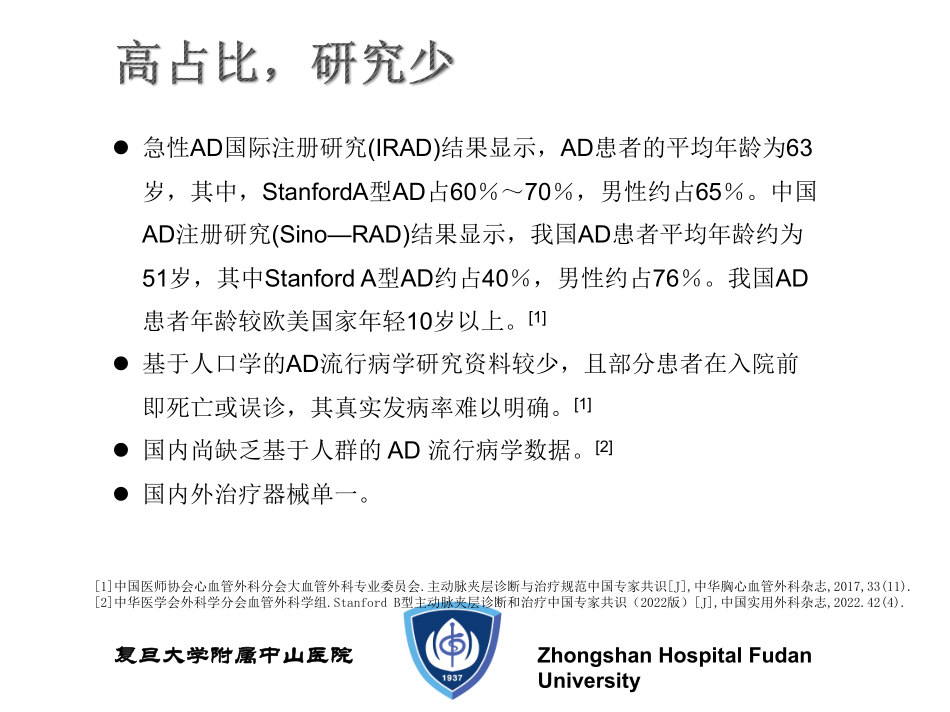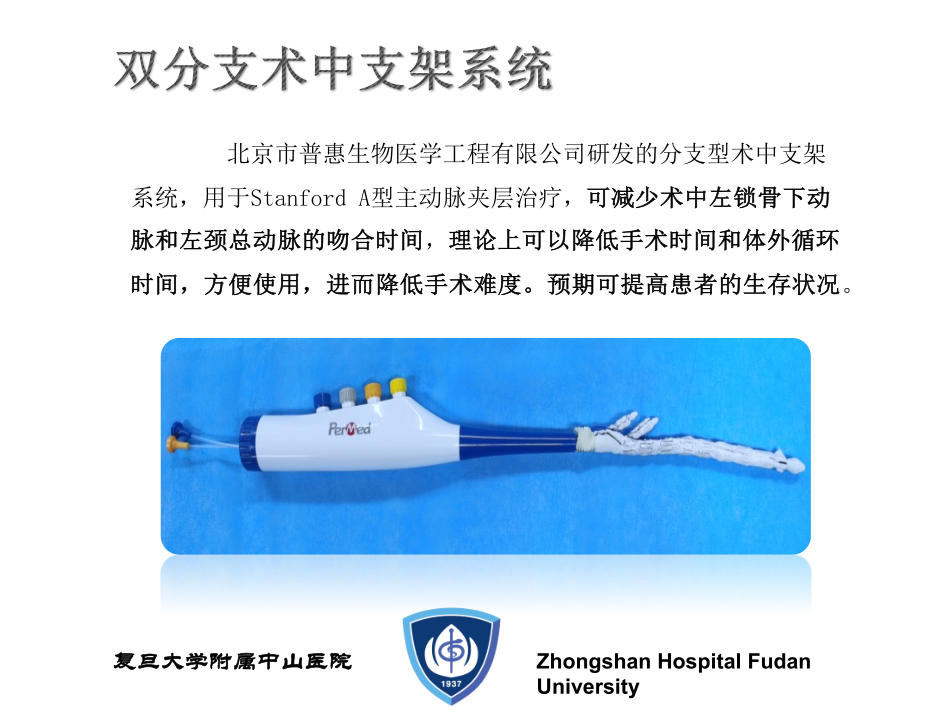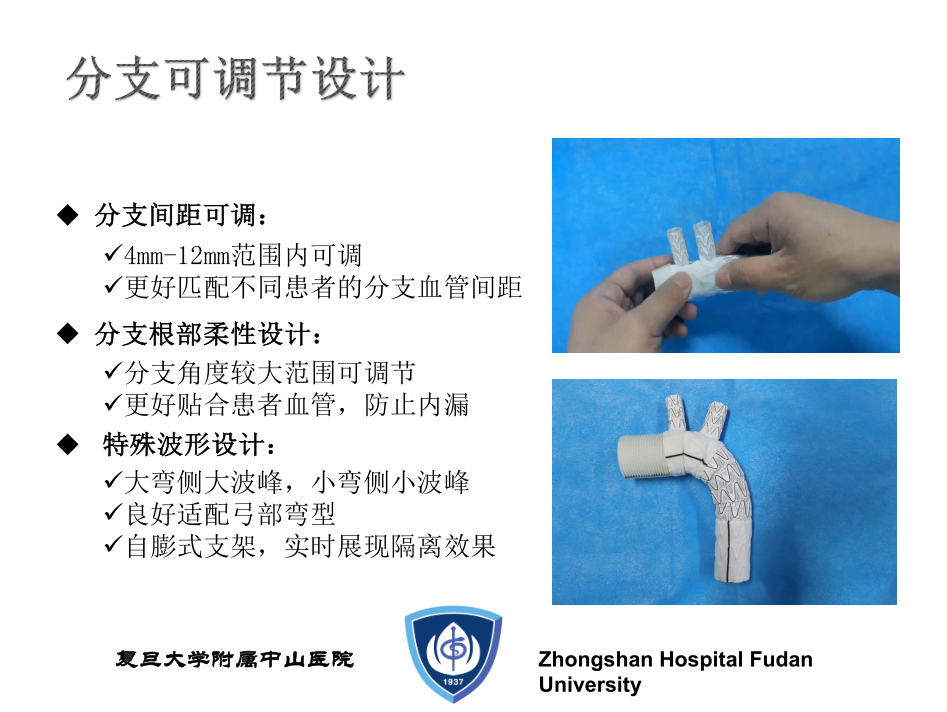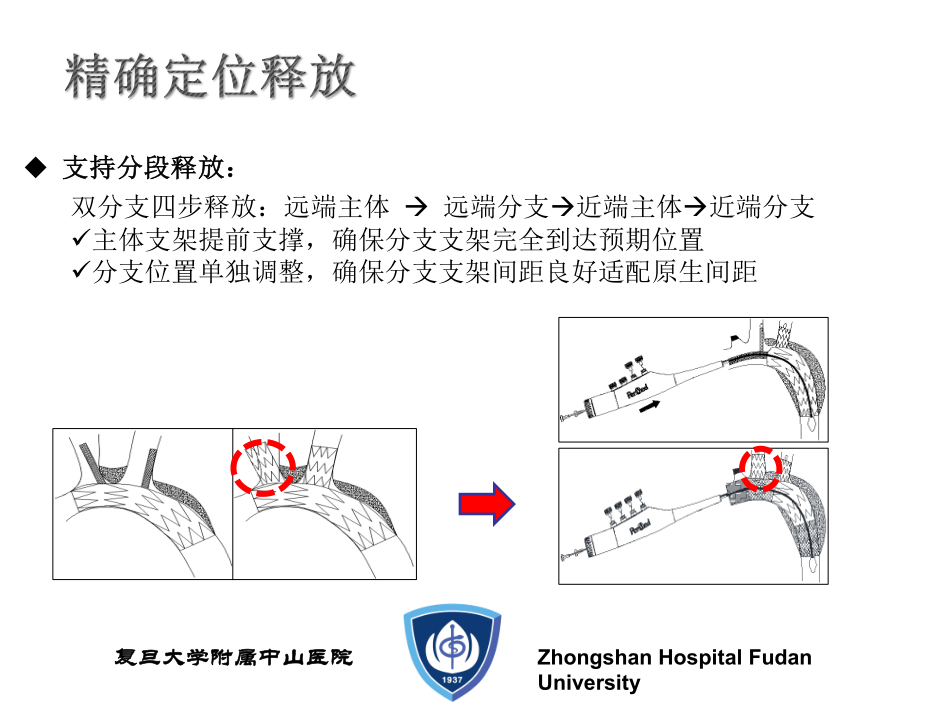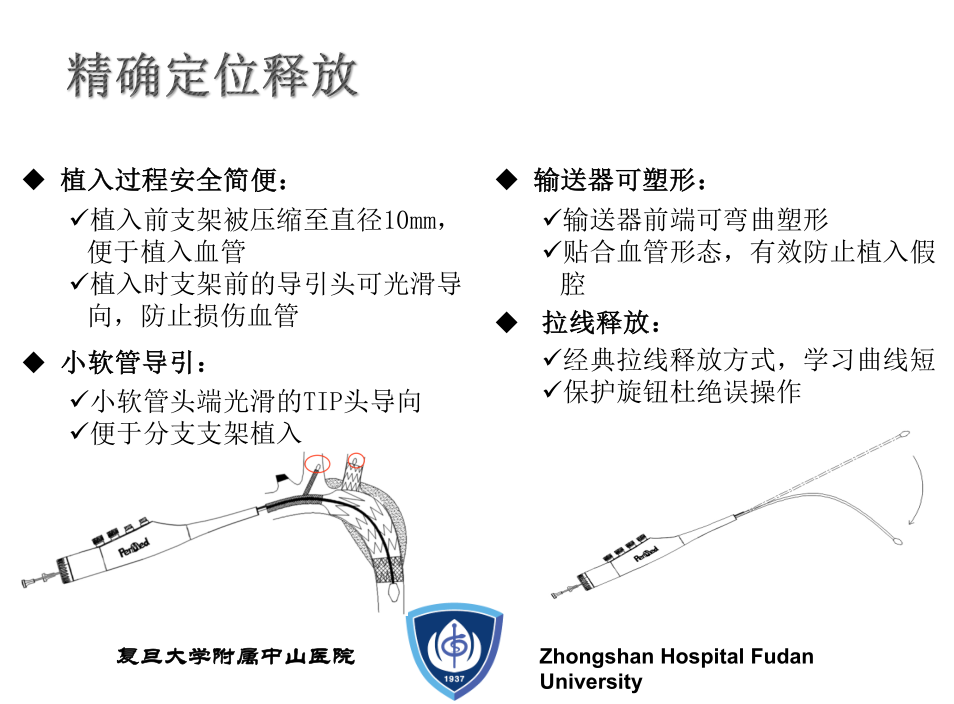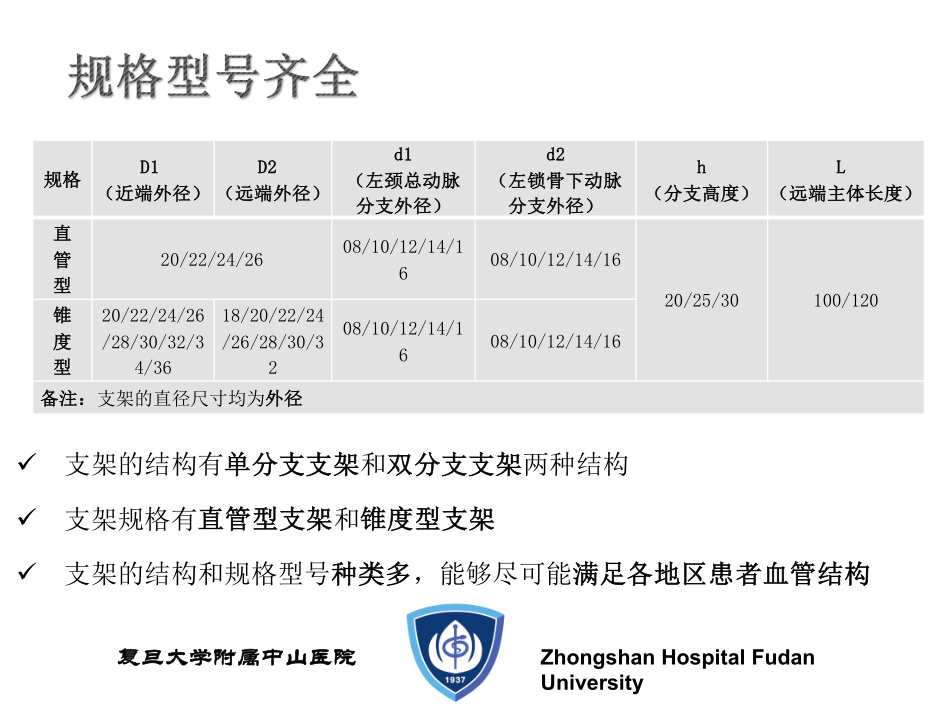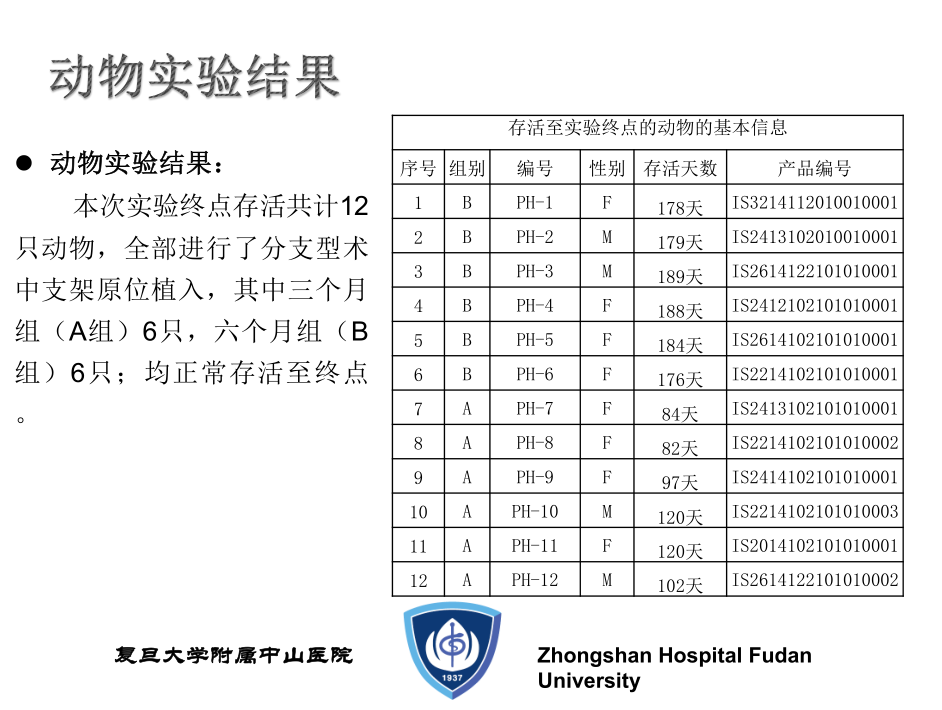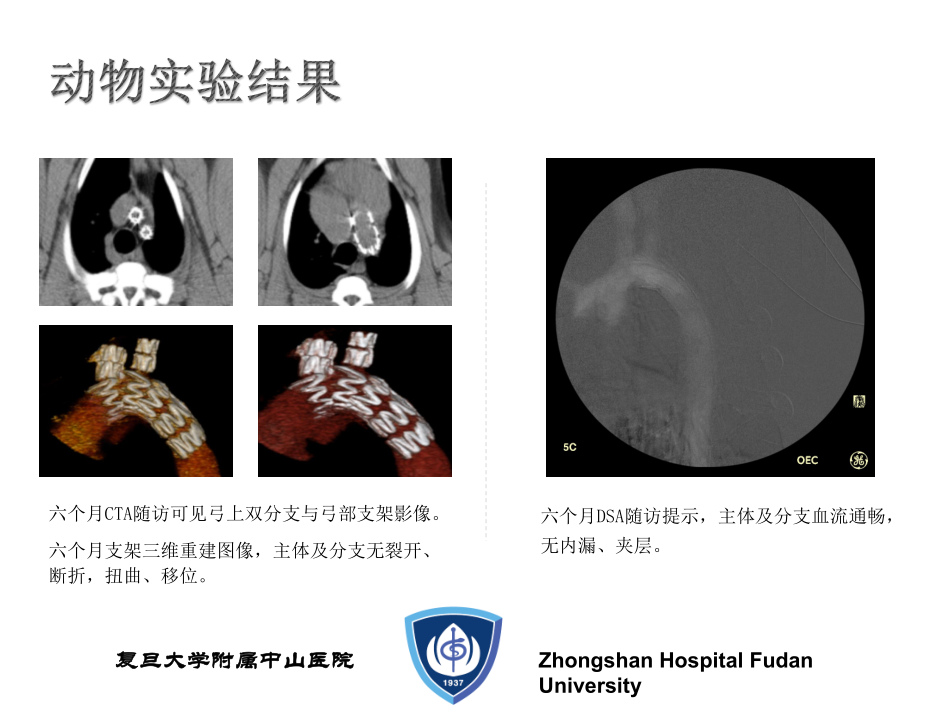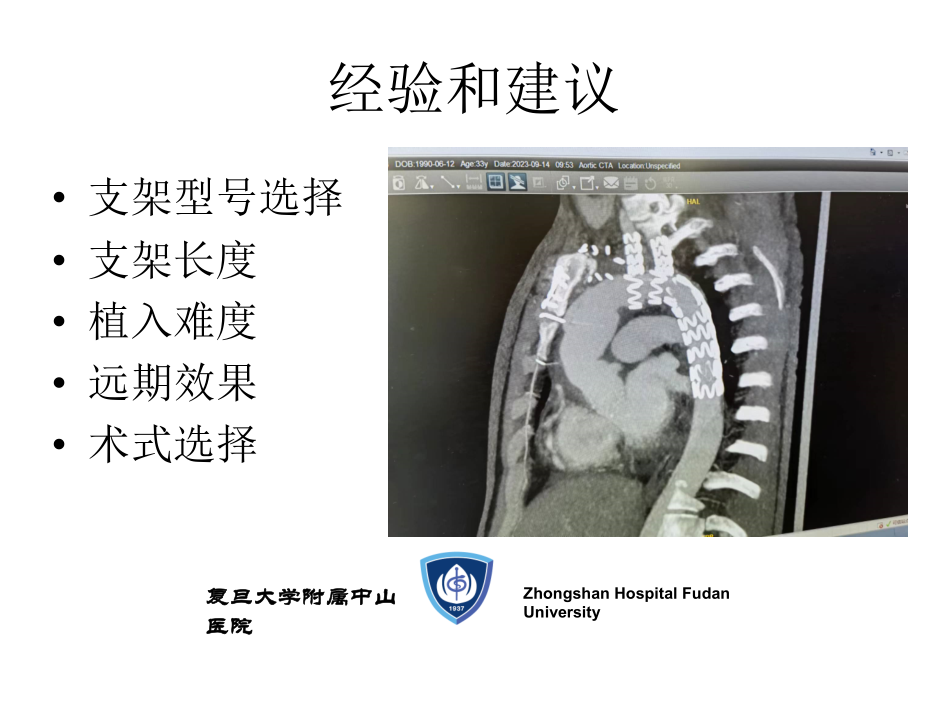Authors: Lai Hao
Affiliation: Zhongshan Hospital, Fudan University
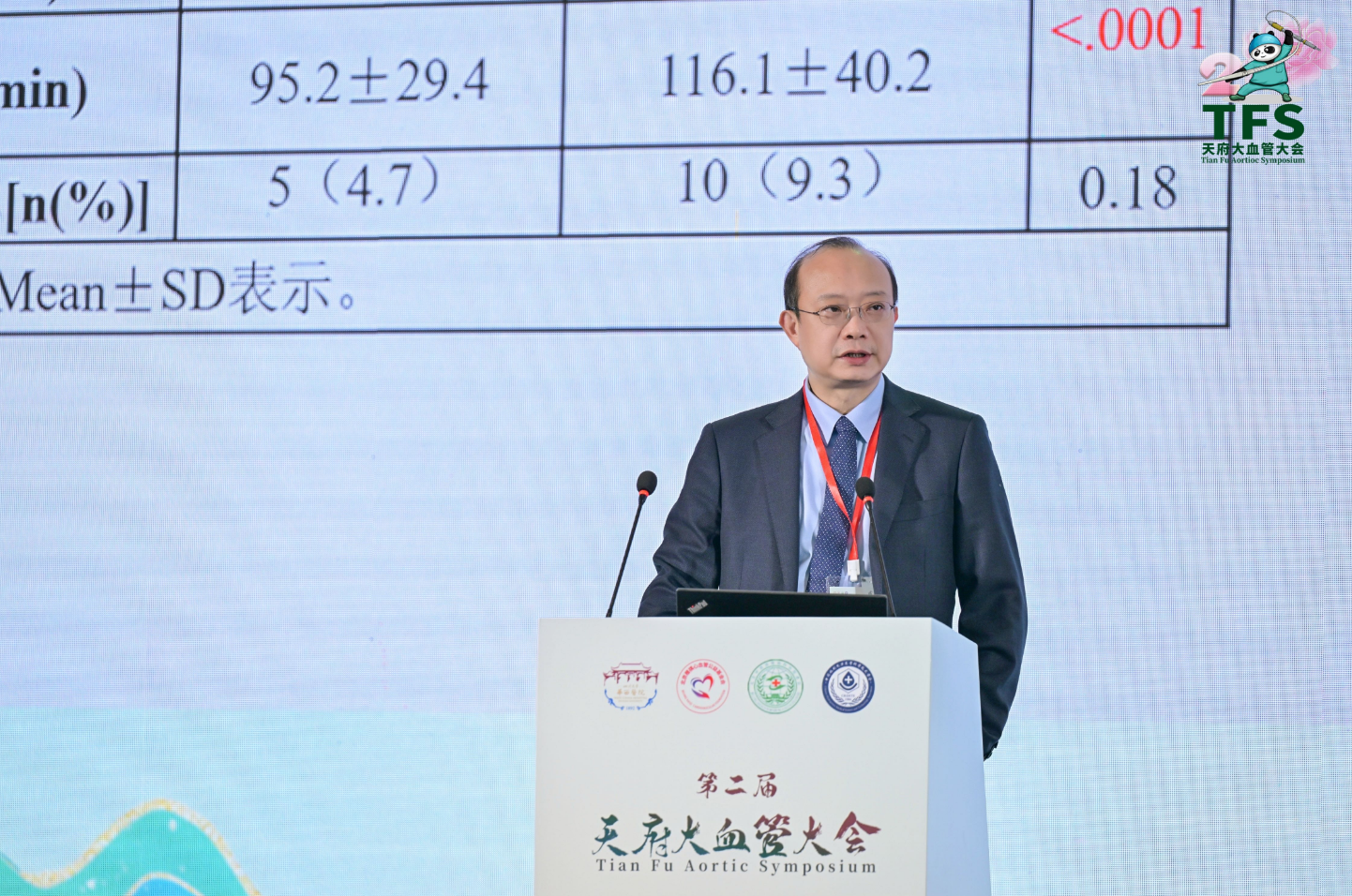
Overview of Branch-Type Intraoperative Stent System for Type A Aortic Dissection
This document presents the details of a randomized controlled trial (RCT) investigating the efficacy and safety of a dual-branch intraoperative stent system specifically designed for the treatment of Stanford Type A aortic dissection.
Epidemiology of Stanford Type A Aortic Dissection
· The average age of patients with aortic dissection (AD) internationally is 63, with Stanford Type A AD constituting 60%-70% of these cases, predominantly affecting males (65%). In contrast, Chinese studies report a younger average age of around 51 years, with Type A constituting about 40% of cases, predominantly in males (76%).
Clinical Trial Protocol
· Purpose: To evaluate the safety and efficacy of the branch-type intraoperative stent system in treating Stanford Type A aortic dissection.
· Indications: The device is intended for patients requiring surgical intervention for Stanford Type A aortic dissection.
Surgical Implantation Details
· Features: The stent system allows adjustable branch spacing from 4mm to 12mm to accommodate varying distances between branch vessels. It includes a flexible design at the branch roots for a better fit and prevention of endoleaks.
· Safety and Simplicity: The stent is compressed to a diameter of 10mm before implantation, facilitating insertion through the vascular system without damaging the vessels. The delivery system is customizable for shaping to fit the vessel anatomy effectively.
Stent Specifications
· Variety: The stents are available in both single and dual-branch configurations and come in straight and tapered types to meet various anatomical needs.
· Specifications: Sizes for the main body and branches are provided, along with specifications for branch height and diameters.
Results from Animal Experiments
· The document includes results from animal trials where 12 animals survived till the endpoint after implantation of the stent, showcasing the potential long-term viability and effectiveness of the stent system in living models.
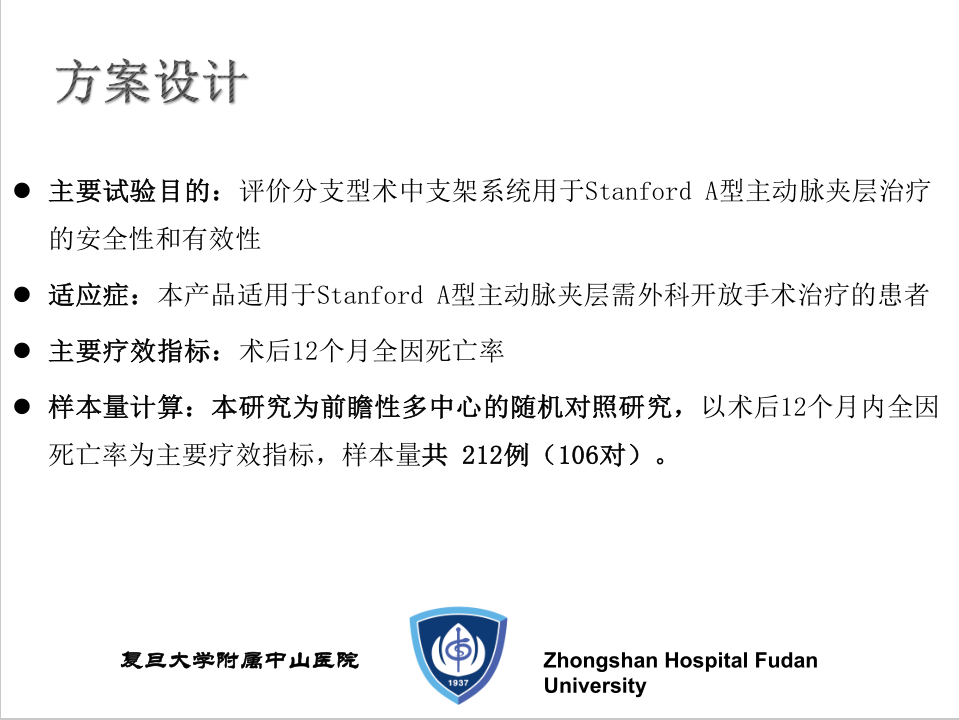
Advantages and Innovations
· The dual-branch system facilitates a safer and simpler implantation process, potentially reducing surgery and cardiopulmonary bypass times, which may lead to improved patient survival rates.
Future Directions and Experience Sharing
· The document concludes with insights into choosing the appropriate stent model and size, the implantation difficulty, long-term effects, and surgical techniques.
Contact Us
For further information or inquiries about the techniques discussed or the Tian Fu Symposium, please leave a comment below or email us at: endovascluar@simtomax.cn.
For more details, visit our official website: www.vascularknight.com.
Follow Us on Social Media:
· Facebook: Vasco Knight
· Instagram: @knight_vasco
Thank you for your attention. Let’s collaborate for better health!

